Today the Brookes blog is excited to welcome Paula Kluth: author, former teacher, and celebrated inclusion expert who works with teachers and families nationwide. Dr. Kluth is the author of the upcoming new edition of You’re Going to Love This Kid!, one of the most beloved and widely used guidebooks on including autistic students in general education classrooms. In this Q&A, Dr. Kluth talks about the important updates she made to the new edition, what inclusive teachers struggling with burnout should remember, and more.
We’re thrilled about the new edition of You’re Going to Love This Kid!, and we know teachers will be, too. For anyone who might be new to this book, could you tell us a little about its history?
The first edition of You’re Going to Love This Kid! is the first book I ever wrote. When I applied for my first job as a professor, I was asked, “If you were to start writing a book tomorrow, what would you write?” I didn’t even have to think twice about it. I knew that I wanted to write the book I needed as a new teacher of autistic students. I could not find any resources related to autism and inclusion at that time (early 1990s); therefore, I learned most of the strategies and supports I used from autistic autobiographies, students and their families, and lots of trial and error. When I became a teacher educator, I wanted to share the things I had learned in the classroom with my students and with others interested in the topic as well.
Your readers will be excited to know what’s new in the third edition. What additions and updates do you think they’ll find most useful?
The third edition was designed to be more user-friendly and engaging to the reader. I didn’t want it to feel formal and to be seen as a textbook that is referenced once and stuck on a shelf. I see this book as a classroom companion. Therefore, this edition is more vivid than the first two. For instance, new illustrations and photographs can be found throughout the book and additional quotes from autistic people have been added to enrich the suggestions in several chapters. New features are also a big part of this edition. Readers will now find a bulleted organizer and a set of discussion questions in each chapter, as well as several resources that can be found both in the book and as a printable download on the Brookes website.
You’ve shifted to incorporating identity-first language in this edition when talking about autistic students. Can you speak to the “why” behind this timely change?
This change has been made to reflect the preferences of many autistic people who have shared that, while they understand that person-first language emerged to support and honor disabled people and to combat stereotypes and one-dimensional views of autism, this way of speaking and writing can actually be harmful as it problematically separates autism from the individual. To some, person-first language also communicates that autism is something negative that should be diminished or downplayed—as in, “He has autism, but he is so much more than his autism.”
This terminology change is not new in the autism community, and it has grown in popularity in the last decade and beyond. In fact, in a survey of language conducted by OARS (The Organization for Autism Research) in 2020, more than 80% of the respondents (e.g., self-advocates, parents, professionals) indicated that they preferred identity-first language. Because this book has always been centered on the views and perspectives of autistic people, I am honoring this preference.
Having shared all of that, it should be noted that autistic people are individuals. Therefore, their language preferences are not uniform. Some still do prefer the use of person-first language or other ways of describing their diagnosis, identity, or uniqueness. Therefore, while identity-first language is used frequently in the book, you will also find some uses of person-first language. To further acknowledge these diverse preferences, some uses of the term “on the spectrum” instead of “autism” have also been included.
With the ongoing pandemic and other stressors, today’s teachers have a lot on their plates and a lot on their minds. What words of wisdom would you like to share with inclusive educators who may be feeling frustrated, burned out, and/or pessimistic about their ability to make a difference?
I would say—first of all—THANK YOU for all that you are doing for students! This is certainly not an easy time to be a teacher and we owe a debt of gratitude to educators who continue to seek creative ways to meet the needs of students and support colleagues, as well.
To answer the question more specifically—I’m not sure if it’s wisdom, but a suggestion I am making to the teachers I know is to “lean in” to your collaborative partnerships at this time. Inclusion is certainly a lot of work, but it also brings teachers together to brainstorm, problem solve, and form networks of support. Look for opportunities to share roles and responsibilities with your partners and colleagues: Can paraprofessionals work with students with and without disabilities in the inclusive classroom? Is co-teaching a possibility with some partners? Can your occupational therapists and speech pathologists co-plan some lessons with you?
In addition, keep in mind that your inclusive efforts are undoubtedly making a difference in the lives of your students. Not only does access to inclusive education provide learners with a host of academic and social benefits, but it offers a sense of community and connection—something that every student needs now more than ever as they navigate post-pandemic learning in schools and beyond.
What would you say are the most important takeaways from your book? What are three essential things educators will be able to do after reading the new edition?
. Well, I hope that this edition—perhaps even more than the first two—will emphasis the importance of creating learner-centered supports. I feel that readers of this edition will be able to identify strategies that are creative, gentle, and endorsed by autistic people.
Additionally, I feel readers will understand that inclusion is possible for all students, including those with complex support needs. Too often, inclusive schools are inclusive for some, but not for those in certain programs or with certain characteristics. I hope that this edition of You’re Going to Love This Kid! will help administrators and teachers consider not only “How can we better support those we already include?” but also “Who is not in the general education classroom and how can we educate those individuals in inclusive environments?”
Finally, I hope teachers will be able to find new ways to collaborate with students, families, and colleagues. This edition includes ideas for teaching self-determination and eliciting student voice (including a new “report card for the teacher” in Chapter 3), additional suggestions for working with parents and caregivers in Chapter 4, and an updated look at lesson planning (in Chapter 10) that will help co-teachers and other collaborative partners design instruction for students with a range of needs and abilities.
***
Thanks to Dr. Kluth for being here today and previewing the new edition of You’re Going to Love This Kid! This book is an absolute must for every educator who wants to understand and support autistic learners and meet their students’ individual needs in an inclusive classroom. It’s scheduled for release this month, and you can place your order today at the link below!
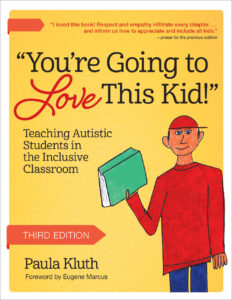 You’re Going to Love This Kid!
You’re Going to Love This Kid!
Teaching Autistic Students in the Inclusive Classroom, Third Edition
By Paula Kluth, Ph.D.
Drawing on decades of experience, Paula Kluth offers a comprehensive, real-world guide to supporting and including autistic students—from big-picture guidance on the law, planning, and collaboration to the practical details of classroom arrangement, teaching strategies, and positive behavior supports. With a clear focus on the strengths, gifts, and perspectives of autistic learners, the book features the voices of autistic people and their families and includes their valuable insights.
Stay up to date on the latest posts, news, strategies, and more!
Sign up for one of our FREE newslettersMore posts like this
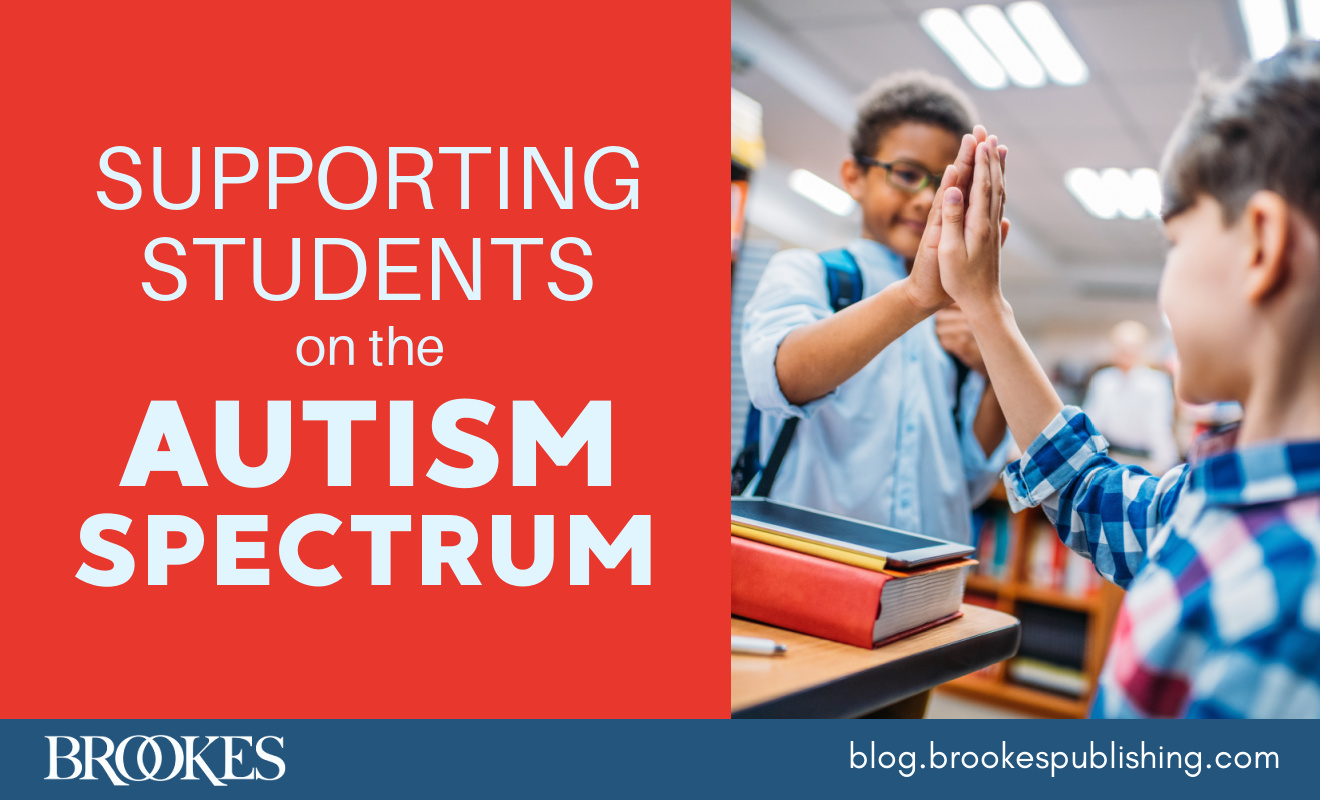
13 Ways to Support the Behavior and Learning of Students on the Autism Spectrum
January 16, 2018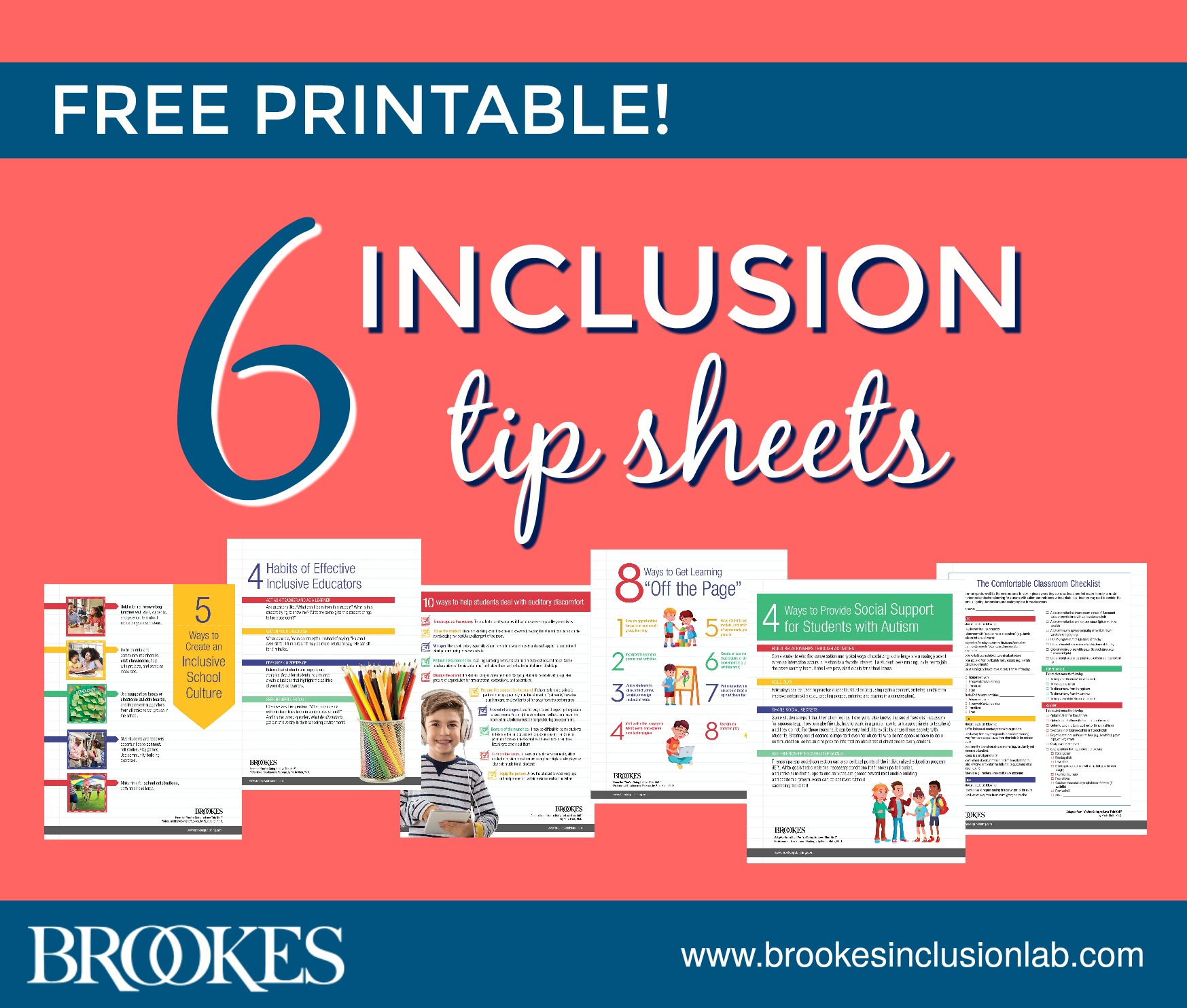
FREE PRINTABLE: 6 Paula Kluth Tip Sheets on Inclusion
November 19, 2019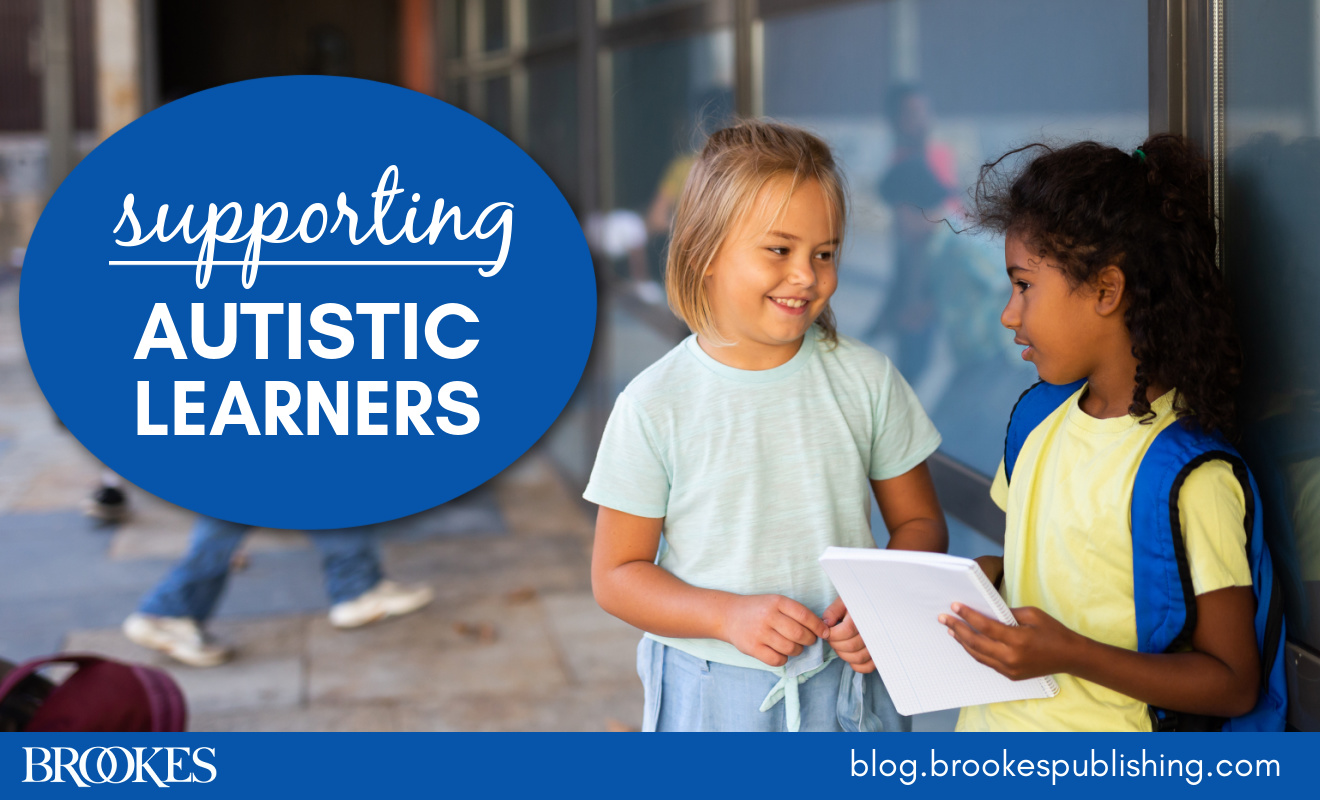

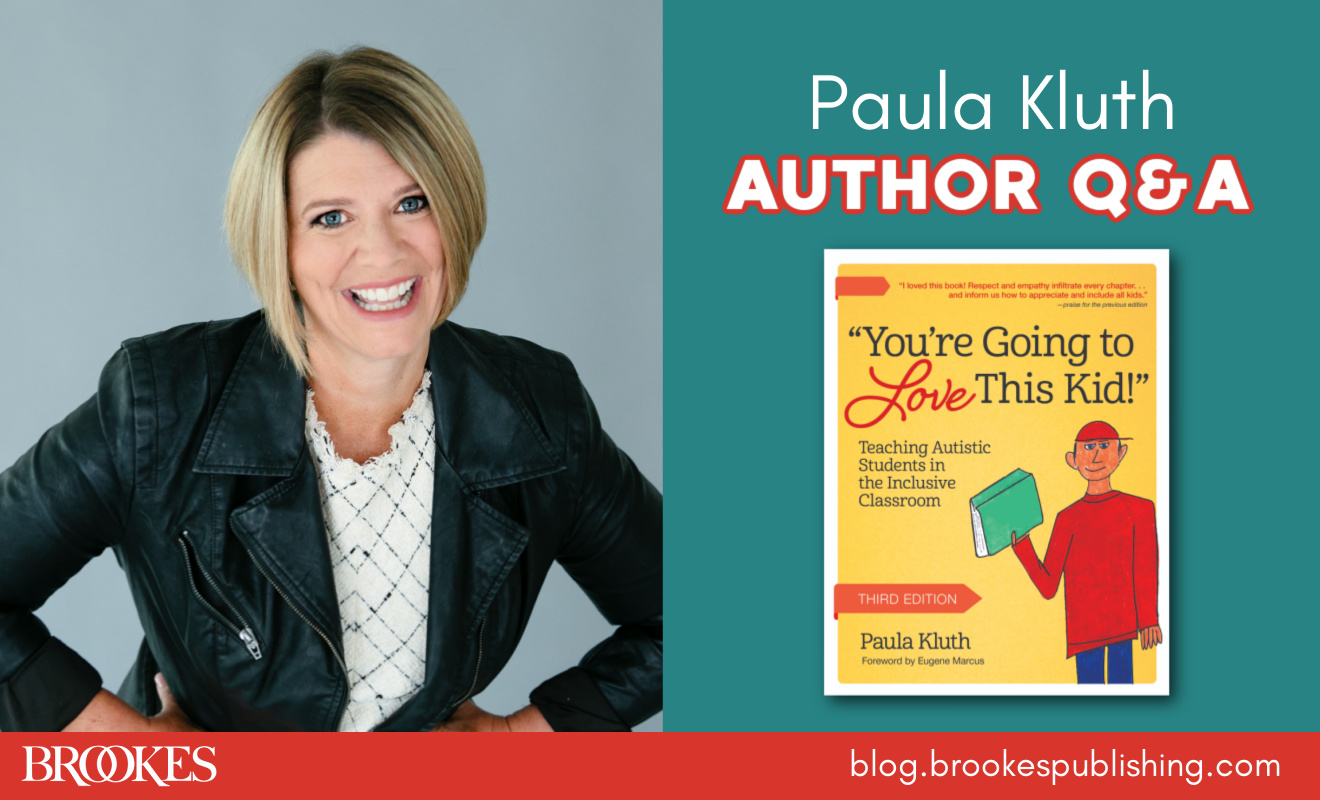
Write a Comment
Your email address will not be published. Required fields are marked *
Post a Comment